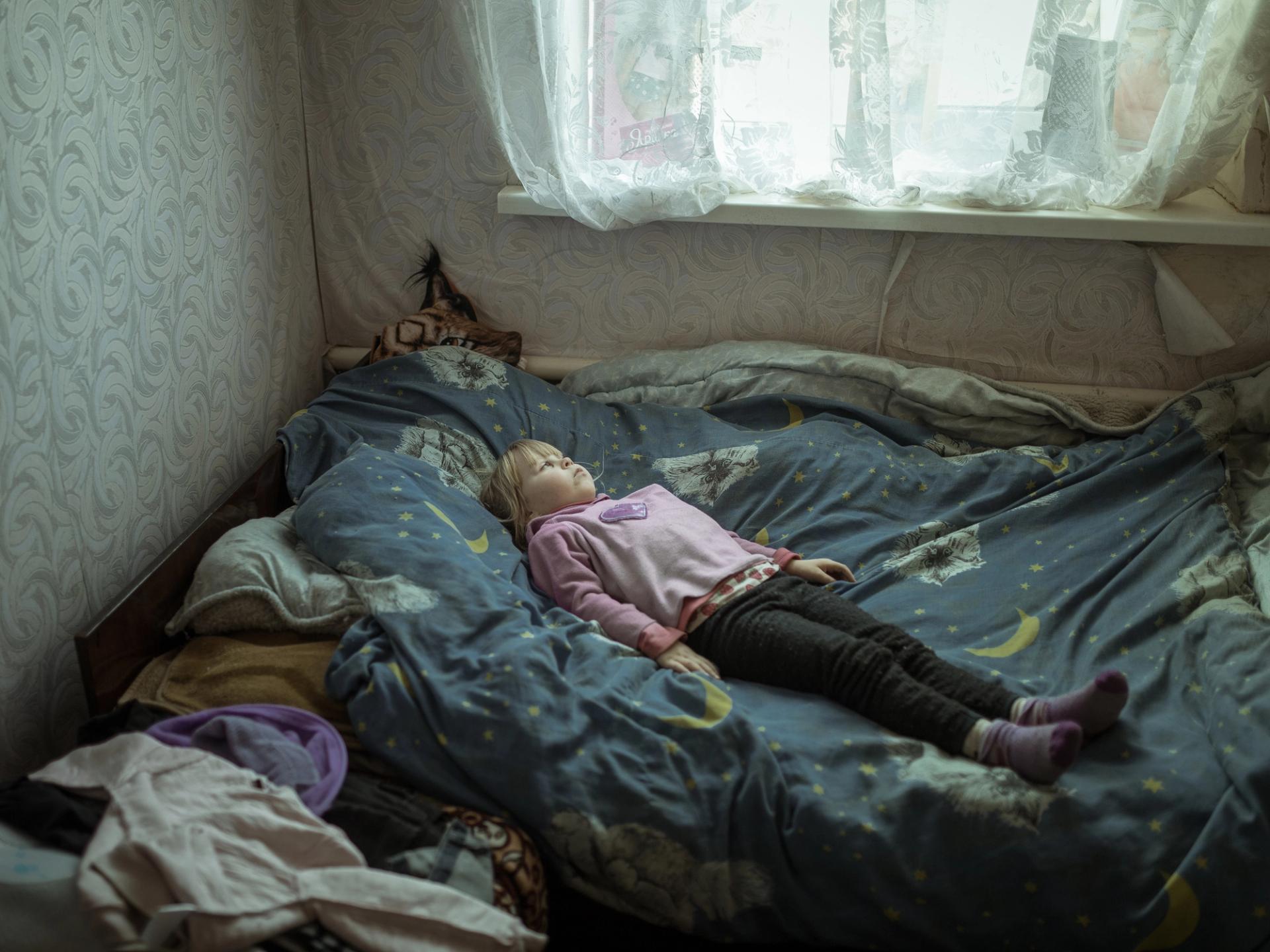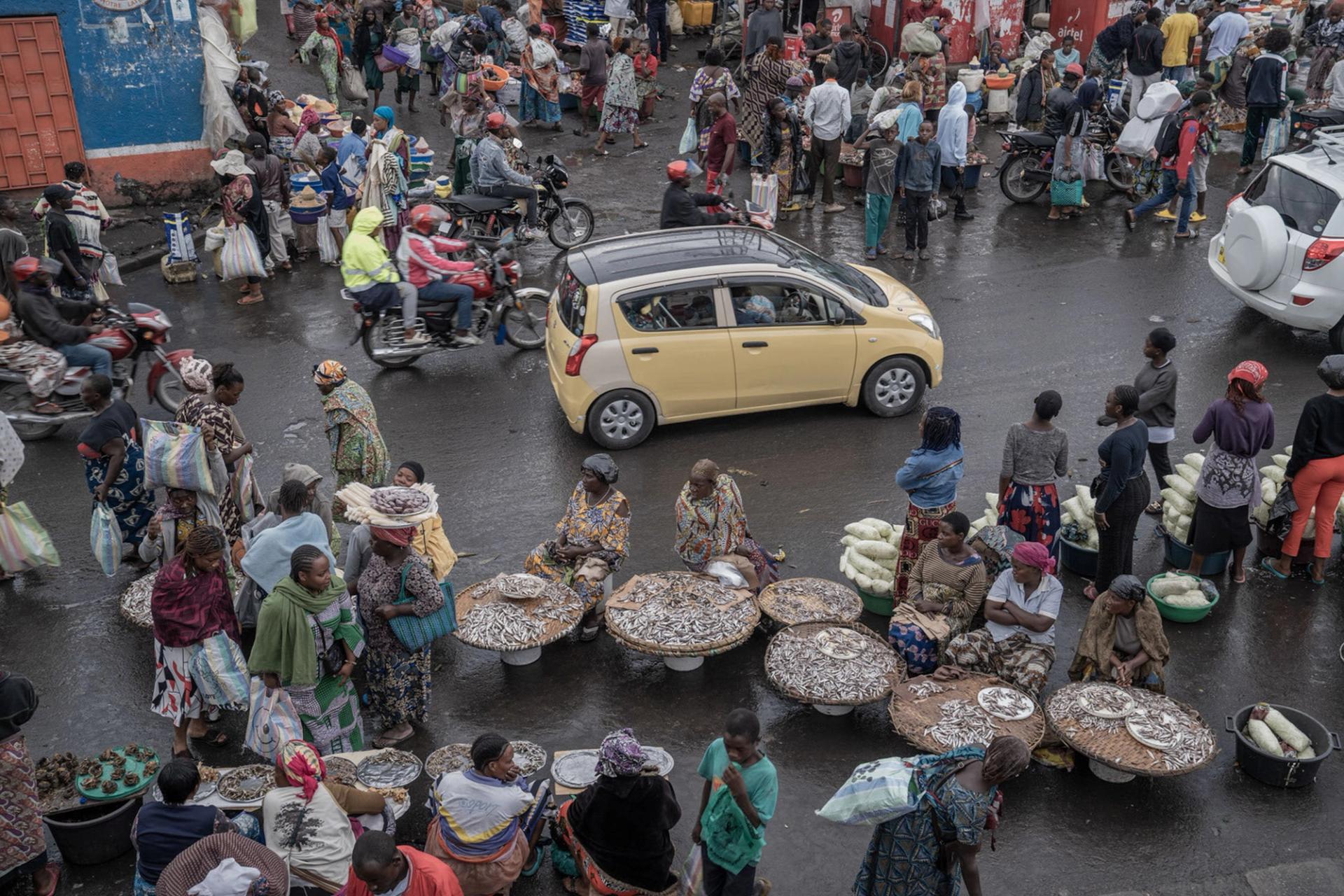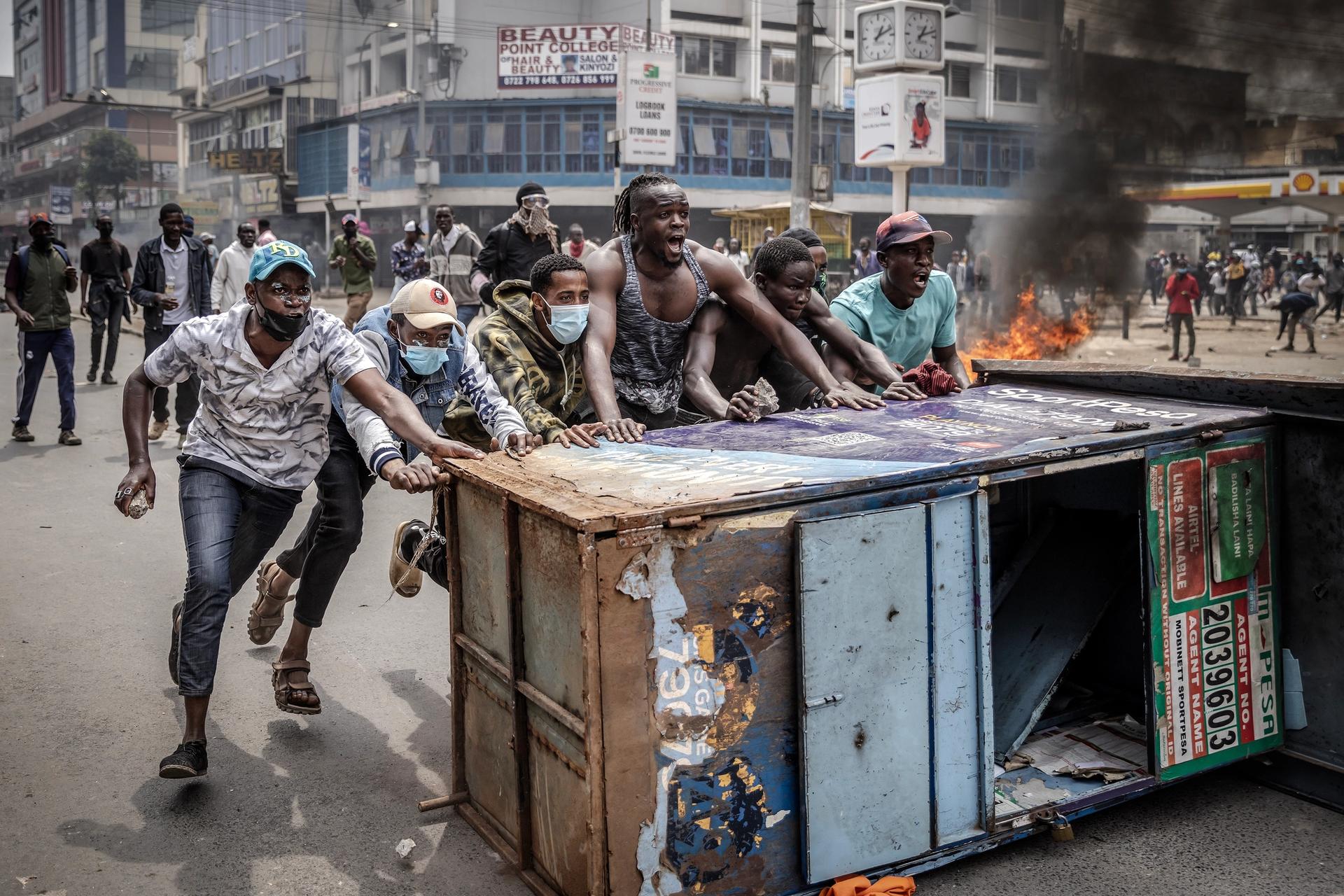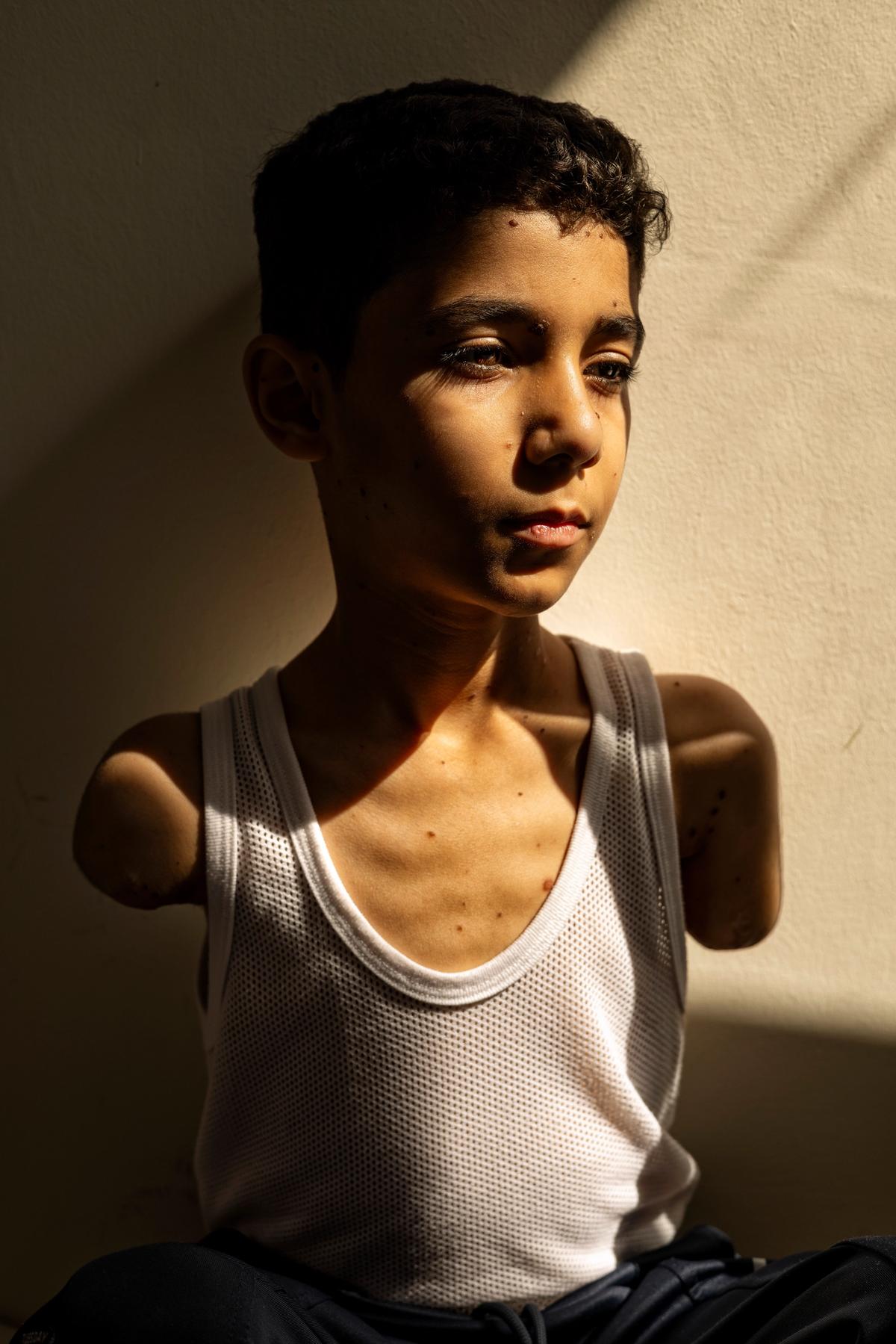The World Press Photo award winner for 2025 is announced today, but there was little air of celebration around Samar Abu Elouf when she arrived at the exhibition in Amsterdam where her victorious shot took pride of place. Its subject is a boy called Mahmoud Ajjour, then age nine and now ten, who lost both his arms in an Israeli attack on Gaza a little over a year ago. When she took the picture, Abu Elouf says, she was thinking of her own four children, the youngest of whom is 12. “When I see Mahmoud, I think of him as if he was my own son,” she says.
Abu Elouf is from Gaza herself: like many of the subjects of her photography, she was evacuated from the territory, and now lives in the same compound in Doha where Mahmoud lives with his family. “I used to see him looking at the children playing, and I used to feel his pain,” she says. When he agreed to being photographed, she asked his mother to call her when the sun was shining into their apartment; the result is an image reminiscent of classical busts that highlights Mahmoud’s pensive face but does not hide the terrible reality of his injuries.

Beyond the Trenches © Florian Bachmeier
This is the award’s 70th anniversary year, with 59,320 photographs entered from 3,778 photographers from 141 countries, and Abu Elouf’s success highlights the policy of World Press Photo’s director, Joumana El Zein Khoury, to encourage photojournalists who are of their community, rather than Western outsiders who jet in, take pictures and return home. She started in her role five years ago. “When I arrived, I thought, how can we call ourselves the World Press Photo when most of our winners have come from Europe and the United States, and they’re white men,” she says.

The Lake Has Fallen Silent © Aubin Mukoni
To encourage a wider pool, Khoury divided the world into six regions, with photographers entering via the area where their work was made. Meanwhile, jurors were chosen to reflect the diversity of the regions. “Although judging is blind and anonymous, those changes brought another layer to the way the prize works,” she says. In the first year after the changes were introduced, 80% of the winners getting through to the final round were local to their story. “I’m proud of that,” Khoury says.
Abu Elouf’s image is among more than 140 photographs on show (until 21 September) at the Nieuwe Kerk off Dam Square—the exhibition will travel to venues around the world—and the event highlights as usual the biggest events and crises of the past year: from the attempted assassination of US President Donald Trump in Pennsylvania last July, captured by Jabin Botsford for The Washington Post, to the depleted sardine stocks in Lake Kivu on the border between Rwanda and the Democratic Republiic of the Congo by Aubin Mukoni; and from a photograph of six-year-old Anhelina, a traumatised child from Ukraine, taken by Florian Bachmeier to protestors who took part in the Kenyan youth uprising of last summer, by Luis Tato for Agence France-Presse.

Kenya's Youth Uprising © Luis Tato, Agence France-Presse
Another exhibition planned for September, again at venues across the world, will highlight landmark events and photographs since 1955—as well as the changing nature of both photography and values around it.
- World Press Photo, De Nieuwe Kerk, Amsterdam, 18 April to 21 September


